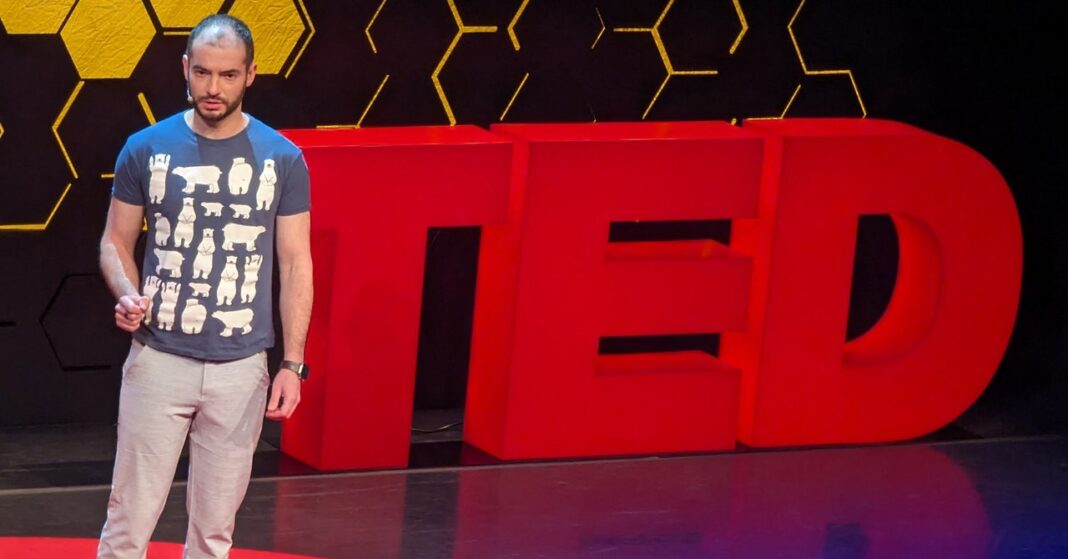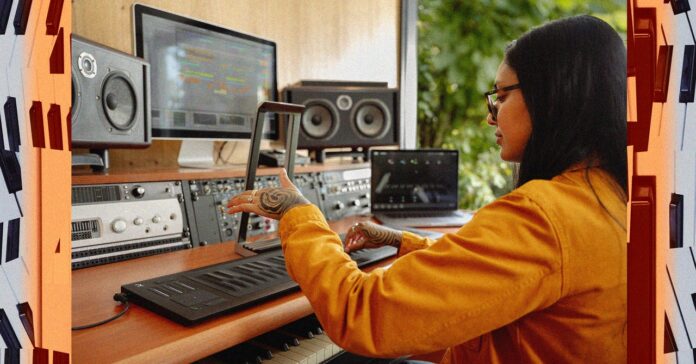In Short:
Investors invested $6.6 billion into OpenAI despite recent key departures, including CTO Mira Murati and others. This follows a trend of vital talent leaving, driven by a shift toward commercial focus over research. While OpenAI still has strong talent, competition is rising, and the attrition could impact its future. Many students still view OpenAI as a top employer, but this perception may change as more researchers leave.
Last week, investors made a substantial commitment of $6.6 billion to OpenAI, seemingly unfazed by the recent exit of several key executives. Notably, the company’s Chief Technology Officer, Mira Murati, along with Chief Research Officer Bob McCrew and Vice President of Research Barret Zoph, departed from the organization under unexpected circumstances.
Talent Exodus at OpenAI
These resignations illustrate a broader trend, as OpenAI continues to experience a significant outflow of essential technical talent. Over recent years, the organization has lost multiple researchers integral to the development of pioneering algorithms, techniques, and infrastructure that have positioned it as a leader in the AI sector. According to former employees who shared insights with WIRED, the company’s pivot towards a more commercial focus has become a point of contention.
Shift in Company Focus
“People who enjoy research are increasingly being compelled to engage in product development,” noted a former employee now working at a competing AI firm. This individual shared that some of their contacts at OpenAI have recently expressed interest in alternative employment opportunities. In line with this sentiment, OpenAI appears to have adjusted its hiring practices; data compiled for WIRED by Lightcast indicates a striking drop in the proportion of job postings for general research roles, from 23 percent in 2021 to just 4.4 percent in 2024.
Implications for OpenAI
The continued exit of top-tier talent could have significant ramifications for the trajectory and overall success of OpenAI. While experts and previous employees acknowledge that the company still houses a wealth of talent, escalating competition makes it increasingly difficult for OpenAI to maintain its competitive advantage.
Recent Departures
The latest high-profile departure was announced on Thursday, involving Tim Brooks, the head of OpenAI’s Sora AI video generation project. Brooks publicly stated via an X post that he would be joining Google DeepMind, one of OpenAI’s primary competitors.
Concerns Among Industry Experts
“These losses could begin to alter the landscape,” remarked a former OpenAI employee currently involved in academia, who preferred to remain unnamed due to concerns about maintaining professional relationships in the AI field. For the moment, many students still regard OpenAI as a top choice for employment, given its perceived advanced position ahead of competitors.
Future Employment Dynamics
Prospective employees are eager to endure the apparent internal conflicts at OpenAI to participate in groundbreaking work. However, interest may wane if more influential researchers migrate to rival companies or establish their own startups. A closer examination of OpenAI’s key research teams reveals a substantial shift in personnel; of the 31 authors of an early version of OpenAI’s GPT large language model, fewer than half remain within the organization. Additionally, several members responsible for the inception of GPT departed in 2021 to launch Anthropic, currently a notable competitor. Approximately one-third of individuals acknowledged in the technical documentation regarding ChatGPT have also since left OpenAI.





